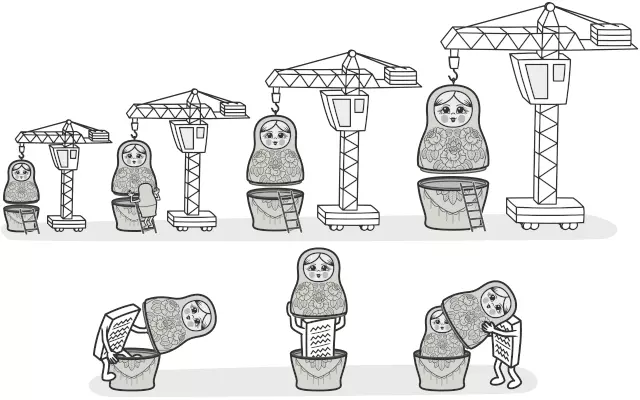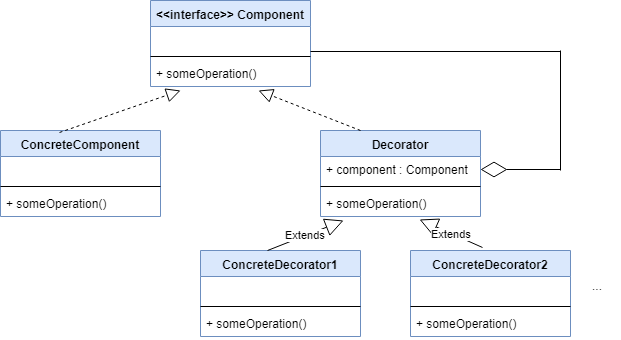
Design patterns are proven solutions to software design problems. They help improve code quality, promote reusability, and increase maintainability. We use them to save time and produce quality, extensible and flexible code. In this article, we are going to introduce the Decorator design pattern.
The Decorator design pattern is a structural design pattern that allows you to dynamically add behavior to an object at runtime. This template can add additional behavior to a class or modify existing behavior without changing the parent object.
There are several key elements in the Decorator pattern:

The Decorator pattern allows you to add functionality to an object without changing its structure. This feature can be useful when you need to add functionality to an object that is used in different parts of your code, and you don't want to change all the places where that object is used.
Here is a simple example of the Decorator pattern in C#:
// Component interface
public interface IPizza
{
string GetDescription();
double GetCost();
}
// Concrete Component class
public class PlainPizza : IPizza
{
public string GetDescription()
{
return "Thin dough";
}
public double GetCost()
{
return 4.00;
}
}
// Decorator abstract class
public abstract class ToppingDecorator : IPizza
{
protected IPizza _pizza;
public ToppingDecorator(IPizza pizza)
{
_pizza = pizza;
}
public virtual string GetDescription()
{
return _pizza.GetDescription();
}
public virtual double GetCost()
{
return _pizza.GetCost();
}
}
// Concrete Decorator classes
public class TomatoSauce : ToppingDecorator
{
public TomatoSauce(IPizza pizza) : base(pizza) { }
public override string GetDescription()
{
return _pizza.GetDescription() + ", tomato sauce";
}
public override double GetCost()
{
return _pizza.GetCost() + 0.35;
}
}
public class Mozzarella : ToppingDecorator
{
public Mozzarella(IPizza pizza) : base(pizza) { }
public override string GetDescription()
{
return _pizza.GetDescription() + ", mozzarella";
}
public override double GetCost()
{
return _pizza.GetCost() + 0.50;
}
}
// Client code
class Program
{
static void Main(string[] args)
{
// Create a plain pizza
IPizza basicPizza = new PlainPizza();
// Add tomato sauce and mozzarella
IPizza pizzaWithSauceAndCheese = new TomatoSauce(new Mozzarella(basicPizza));
Console.WriteLine($"Description: {pizzaWithSauceAndCheese.GetDescription()}");
Console.WriteLine($"Cost: {pizzaWithSauceAndCheese.GetCost():C}");
}
}In this example, we have the IPizza interface that defines the GetDescription and GetCost methods. We also have the PlainPizza class that implements the IPizza interface.
The ToppingDecorator abstract class implements the IPizza interface and maintains an object of type IPizza. Concrete Decorator classes such as TomatoSauce and Mozzarella implement the ToppingDecorator class and add their own behavior.
Finally, in the client code, we create a PlainPizza instance and modify it with TomatoSauce and Mozzarella.
To read about other design patterns, you can use the list below. There is also a code repository on GitHub that includes all the design patterns.

I am Reza Babakhani, a software developer. Here I write my experiences, opinions and suggestions about technology. I hope that what I write is useful for you.
leave a comment